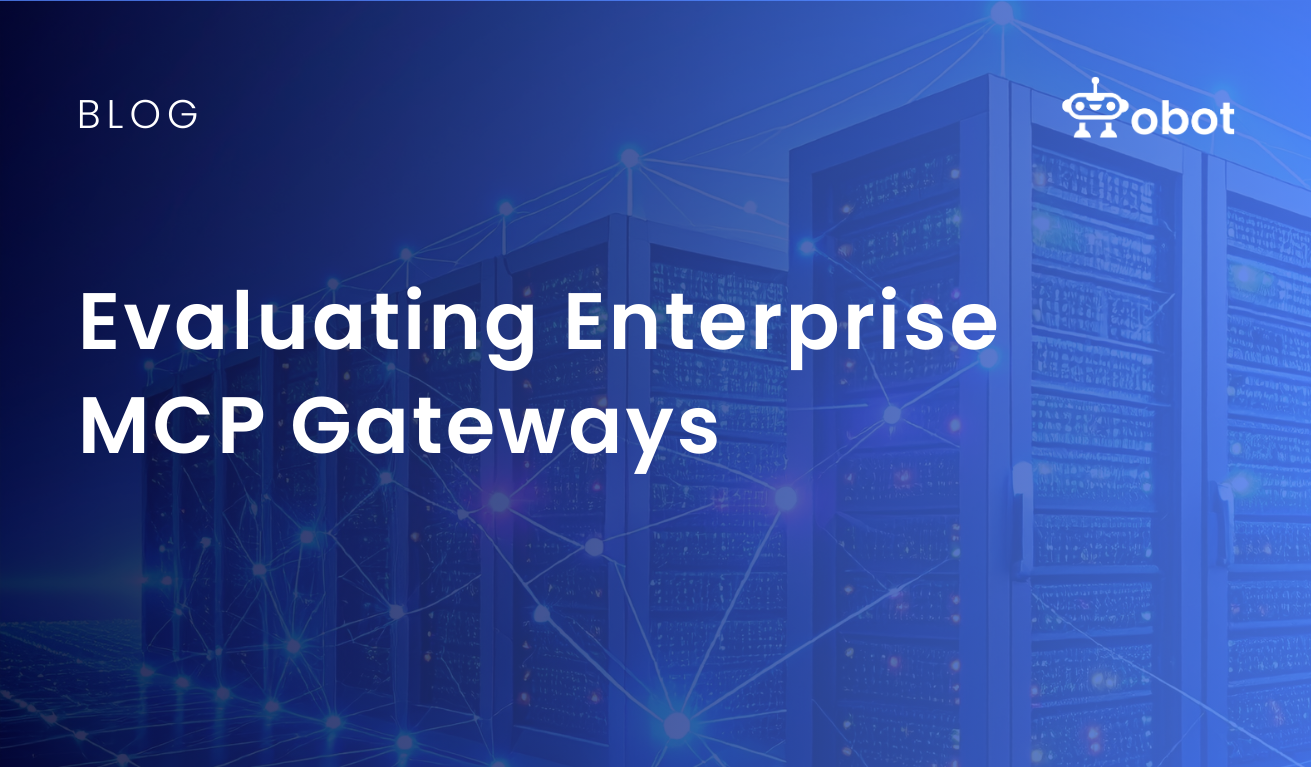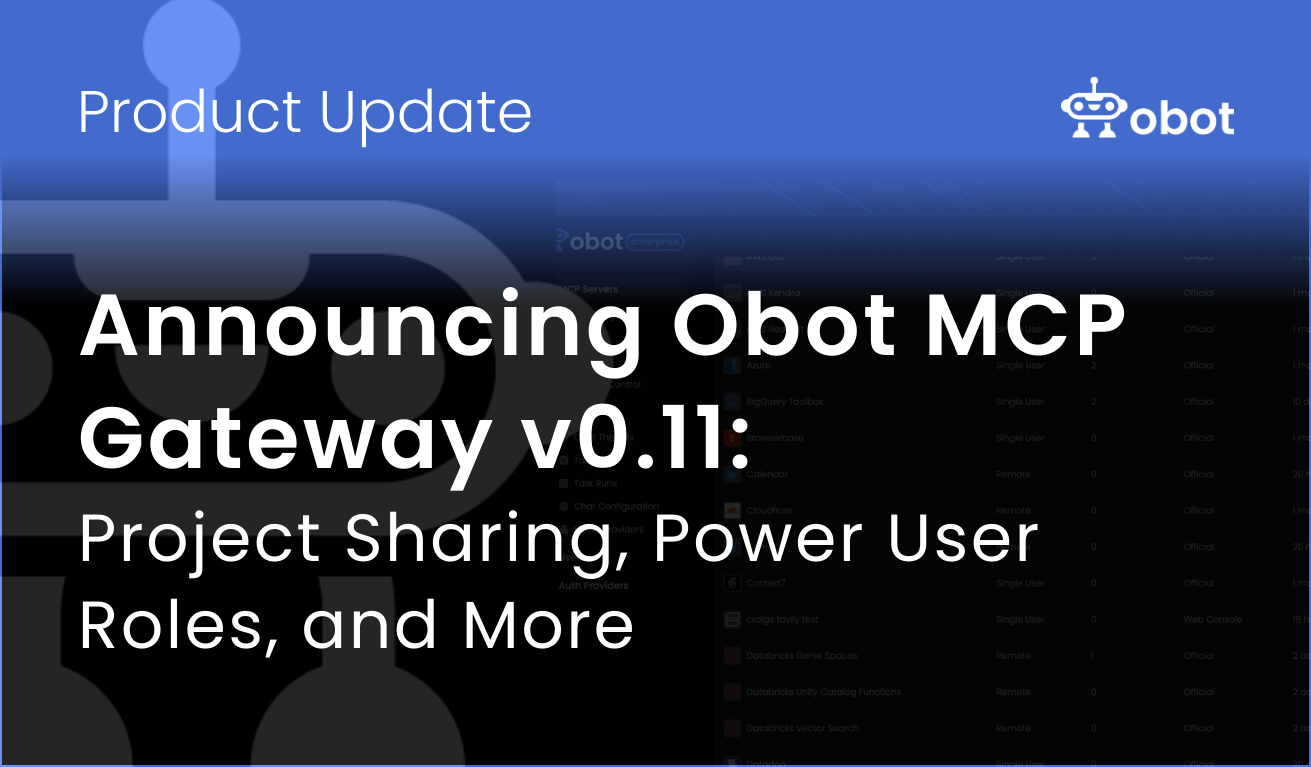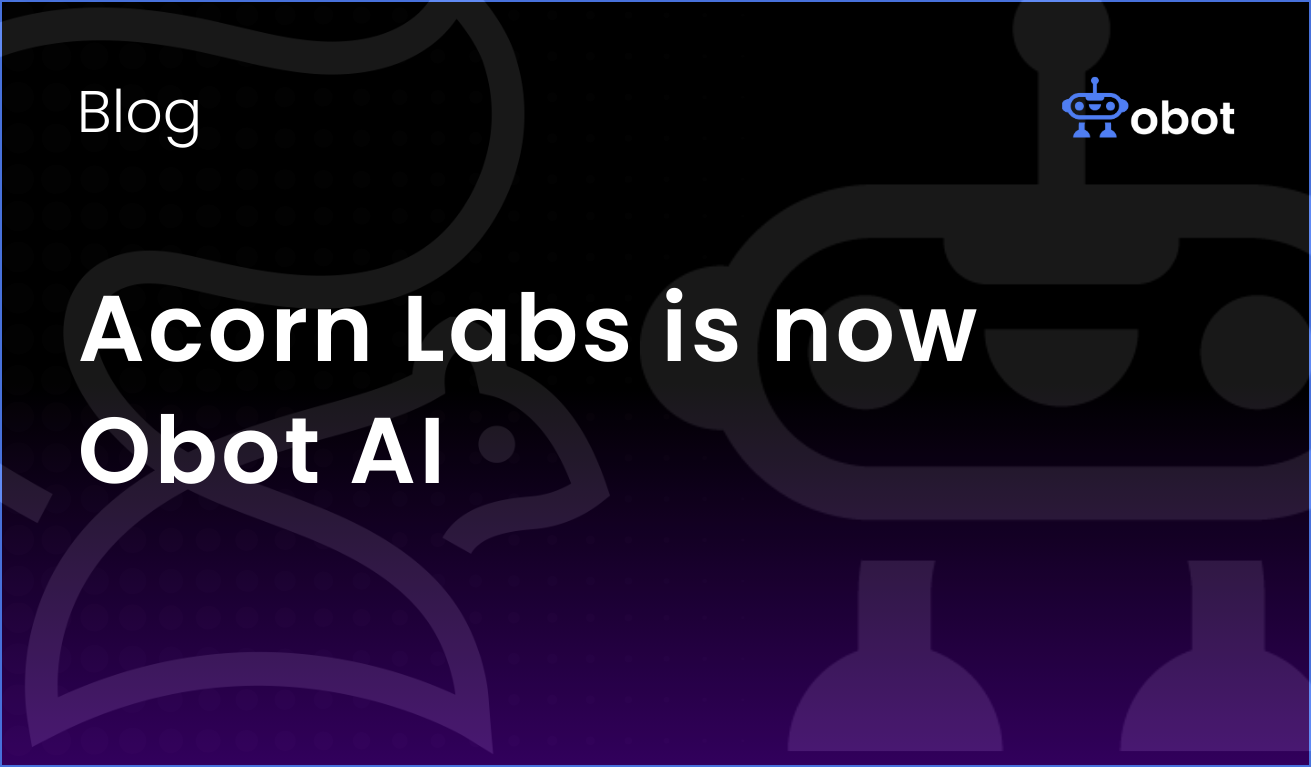As artificial intelligence adoption accelerates, enterprises are increasingly relying on AI tools and agents to interact with internal applications, databases, and third-party services. The Model Context Protocol (MCP) has emerged as a standard way for these tools to connect with systems safely and predictably. However, the rapid proliferation of MCP servers within organizations raises a critical question: how can IT teams ensure secure, manageable, and scalable access to these resources?
Enter the Enterprise MCP Gateway. These platforms act as a control layer between AI clients and MCP servers, providing discoverability, governance, and operational visibility. With multiple open-source projects now available—including Obot MCP Gateway, Microsoft MCP Gateway, and IBM ContextForge MCP Gateway—enterprises have options, but choosing the right gateway requires careful consideration of several key factors.
1. Security and Governance
The first priority for any enterprise-grade MCP gateway is security. Organizations must ensure that sensitive systems and data are protected while providing appropriate access to users and AI agents. Essential security features include:
- Centralized authentication and access control: Integration with enterprise identity providers (e.g., Okta, Entra, Google) to enforce role-based permissions.
- Audit logging and monitoring: Full visibility into who accessed which MCPs and what actions were performed.
- Proxy functionality: Gateways should act as intermediaries for all MCP traffic, enabling inspection, filtering, and policy enforcement before requests reach the underlying servers.
Gateways like Obot, Microsoft, and IBM all provide mechanisms for access control, logging, and proxying traffic, though each implements it differently. Evaluating how a gateway handles these core security functions is critical to maintaining compliance and risk mitigation.
2. Discoverability and Catalog Management
MCP adoption often results in a fragmented landscape of internal and external servers. Without clear discoverability, employees may waste time searching for the right services or inadvertently bypass governance. Gateways should provide:
- Role-based catalogs: Users can see only the MCP servers relevant to their team or permissions.
- Documentation and metadata: Clear guidance on server capabilities, usage patterns, and supported clients.
- Search and filtering: Easy navigation to quickly find the appropriate services.
Each of the three open source MCP Gateways handle catalogs and discovery in different ways. Obot emphasizes user-facing catalogs with detailed documentation, Microsoft uses adapters under a unified platform, and IBM provides a federated registry model. Enterprises should evaluate how each approach balances usability with governance.
3. Deployment and Hosting Flexibility
MCP Gateways can also act as platforms to deploy and run MCP servers within the enterprise. Because organizations vary in their infrastructure preferences, a gateway’s deployment flexibility is important. Consider whether the platform is just a proxy and registry, or if it can take on the operational overhead required to run MCP Servers. Specifically, can it support:
- Hosting MCP servers directly, or simply routing requests to external servers
- On-premises, cloud, or hybrid environments: Where does the software run? Is it deployable on your existing infrastructure.
- Containerized deployments: If the platform deploys MCP servers on demand, are they deployed using containers on Kubernetes?
- Single-tenant and Multi-tenant MCP server support: MCP servers today come in many formats, how flexible are the deployment capabilities.
IBM ContextForge supports federated multi-cluster deployments, Obot allows internal hosting or proxying of remote servers, and Microsoft emphasizes enterprise routing and session-aware traffic management. The right gateway should fit your organization’s operational model and growth plans.
4. Integration with AI Clients and Workflow Automation
A gateway’s value extends beyond IT administration; it should enable productivity for AI users. Key considerations include:
- Compatibility with multiple MCP clients: Support for developer tools (VS Code, Cursor, Goose, Claude Desktop) and web-based clients.
- Workflow orchestration: The ability to chain MCP servers into repeatable tasks or automated pipelines.
- Chat or conversational interfaces: Optional interfaces for end users to interact naturally with data, tools, and agents.
Some gateways, like Obot, provide built-in chat interfaces for interacting with LLMs and MCP servers, while Microsoft and IBM focus more on adapters and infrastructure. Enterprises should consider how each platform supports practical workflows for their teams.
5. Observability and Metrics
To manage an enterprise-scale MCP ecosystem, IT teams need visibility into usage, performance, and adoption. Effective gateways provide:
- Telemetry and monitoring: Track request volumes, error rates, and latency.
- Usage analytics: Understand which MCP servers are popular, who is using them, and how.
- Troubleshooting tools: Access logs and live instances to quickly resolve operational issues.
Microsoft emphasizes session-aware routing with telemetry, IBM leverages OpenTelemetry with Phoenix, Jaeger, and Zipkin, and Obot provides analytics and logging through its admin console. Enterprises should evaluate both the breadth and depth of observability features when selecting a gateway.
6. Extensibility and Open Standards
Finally, the choice of a gateway should align with open standards and future flexibility. Key factors include:
- Support for the MCP standard: Ensures compatibility with current and future tools.
- Open-source vs. proprietary: Open platforms allow customization and internal integration without vendor lock-in.
- Extensibility: Ability to add new MCP servers, integrate custom tools, or extend workflow capabilities.
All three projects—Obot, Microsoft, and IBM—are open-source and built on MCP, though they differ in maturity and focus. Enterprises should consider how each platform can support long-term integration, growth, and evolving AI workflows.
Conclusion
Enterprise MCP Gateways are emerging as a strategic layer for enabling AI adoption safely and effectively. While the MCP standard facilitates connections between AI tools and organizational data, gateways provide the governance, security, and discoverability needed to scale across an enterprise.
When evaluating MCP gateways, enterprises should focus on:
- Security and proxy capabilities
- Catalog management and discoverability
- Deployment and hosting flexibility
- Integration with AI clients and workflow automation
- Observability and operational metrics
- Extensibility and adherence to open standards
Projects like Obot MCP Gateway, Microsoft MCP Gateway, and IBM ContextForge MCP Gateway demonstrate different approaches to these challenges. By assessing gateways against these core characteristics, IT leaders can select a solution that both accelerates AI adoption and maintains enterprise control—unlocking the full potential of MCP-driven AI workflows.
If you are interested in a deeper dive on the topic of MCP Gateways, please schedule a demo with an Obot field engineer.



